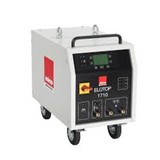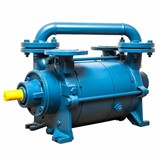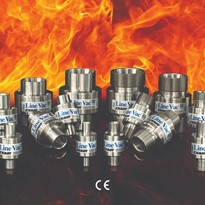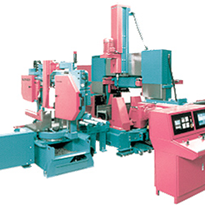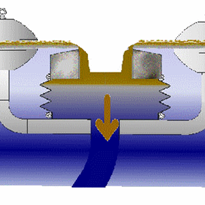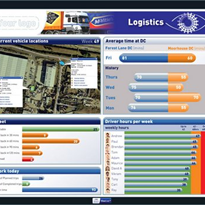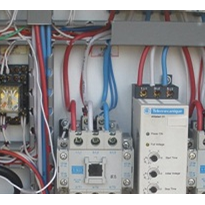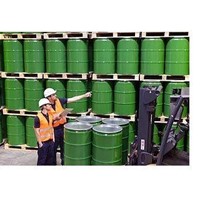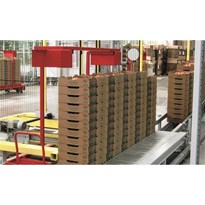Without managing stock, vendors or freight company processes effectively, continual “firefighting” can take its toll on your employees and costs.
“Heijunka” is part of the Six Sigma methodology and describes workflows and production levels that are smooth, level and realistic – while meeting customer demands. The “firefighting” reaction is not required as there are fewer instances of large, overwhelming spikes of activity, effective cost management processes in place and evenly distributed processes.
When “smoothing out” your level of operations, inventory management processes and vendor or freight company processes are ideal places to start. Small changes or simply being aware of the true costs of your operations can have a huge impact on your business.
Keep stock of your stock
- Less chance of items becoming obsolete – Large amounts of inventory can create a large number of items that do not meet the expected level of the demand. Trying to write off hundreds of obsolete items requires large chunks of time, and it can become difficult to maintain if it is done on a regular basis. This is an easy way to create those large, overwhelming spikes of activity mentioned above.
- Reduced carrying costs – In reality, every item costs more than its price tag. When looking at inventory, you need to look at the whole picture, including all overhead costs involved in the process. Rent, picking costs, finance, electricity etc… need to be accounted for. Generally, carrying costs shouldn’t exceed 20% of your total inventory costs. If they do, you will need to decide where cuts can be made.
Another way to keep track of your stock is by using Kanban systems or visual cues. Both solutions help keep the right amount of stock on hand at any given time and reduce the amount of waste. These systems also create other benefits, such as:
- Time savings when reordering stock.
- Reduced chance of backorders or halts in processes – If you know what item needs reordering before running out, you can place your orders at the right time. It also reduces the risk of having to pay additional costs for express deliveries, or having to source items from different suppliers.
Vendors and freight companies – Know who you are dealing with
There are many factors to look at when levelling freight and vendor related workflow.
Key numbers to look at are your cubic cost and deadweight. Many freight companies will charge based on standard cubic factors of 250 or 333, and you could be charged more as a result.
It is important to know whether your product has cubic sensitivity and ensure that freight is costed accordingly. If you know your cubic factor, you can negotiate with freight companies for a better deal or ensure your goods meet the standard rates initially.
Other ways you can level your workflow and save are:
- Consolidating your carriers – This means that your warehouse will always know when goods will be arriving each week and a full load will usually be delivered. Multiple carriers could mean multiple deliveries daily, half truckloads (or smaller) and inconsistent spikes of activity.
- Know your lead times – Longer lead times usually have an increased risk of things going wrong. By knowing how long it takes for stock to arrive, you can order the right amount of stock more accurately, and reduce the chance of lengthy delays and having to source alternate (and possibly costly) stock to fill in the gaps.
These are only some of the ways that the concept of “Heijunka” can be incorporated into your work place. By carefully looking at and effectively managing all of your inventory, vendor and freight company costs, creating long-term savings becomes a lot simpler.
Click here to visit our resource centre and view other helpful resources and information





